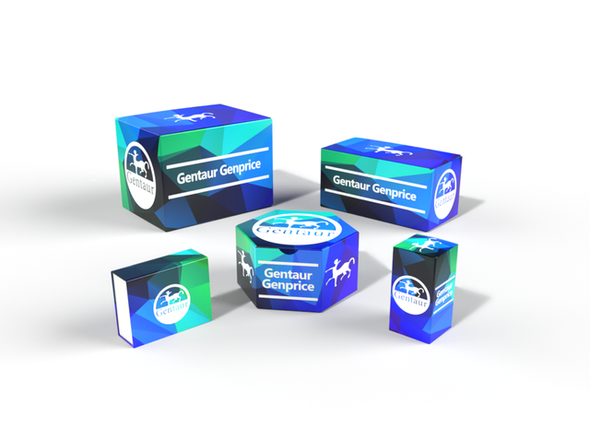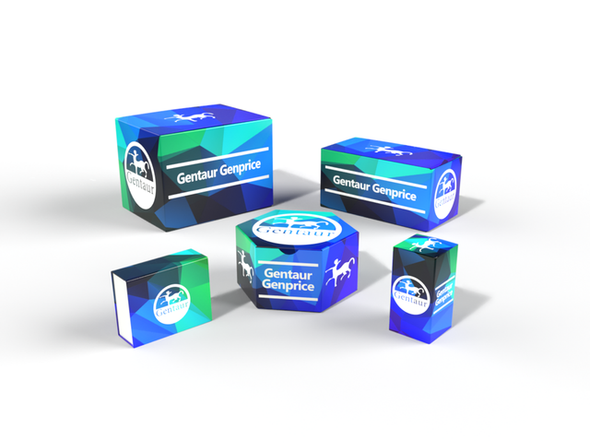451 Recombinant Proteins and Cell culture
PsaG | PSI-G subunit of photosystem I | AS20 4368
- SKU:
- 451-AS20 4368
- Availability:
- Usually ships in 5 working days
Description
PsaG | PSI-G subunit of photosystem I | AS20 4368 | Gentaur UK, US & Europe Distribution
Immunogen: KLH-conjugated peptide derived from Arabidopsis thaliana PsaG, UniProt: Q9S7N7, TAIR: AT1G55670
Host: Chicken
Conjugation: N/A
Clonality: Polyclonal
Isotype: N/A
Purity: Immunogen affinity purified serum in PBS pH 7.4.
Format: Lyophilized
Tested Application: Western blot (WB)
Related Products: collection of antibodies to proteins of PSI
Recommended Dilutions: 1 : 1000 (WB)
Molecular weight: 17 | 11 kDa (after transit peptide is removed)
Confirmed Reactivity: Arabidopsis thaliana
Predicted Reactivity: Medicago truncatula, Spinacia oleracea, Vitis viniferaSpecies of your interest not listed? Contact us
Not reactive in: No confirmed exceptions from predicted reactivity are currently known
Additional Information: N/A
Background: PsaG (PSI-G subunit of photosystem I) is a 11-kDa membrane protein that plays an important role in electron transport between plastocyanin and PSI and is involved in the stability of the PSI complex. PSI-G subunit is bound to PSI-B and is in contact with Lhca1. The protein inserts into thylakoids by a direct or "spontaneous" pathway that does not involve the activities of any known chloroplast protein-targeting machinery. PSI-G appears to be directly or indirectly involved in the interaction between Photosystem I and plastocyanin.
Reconstitution: For reconstitution add 50 µl, of sterile water
Storage: Store lyophilized/reconstituted at -20°C; once reconstituted make aliquots to avoid repeated freeze-thaw cycles. Please remember to spin the tubes briefly prior to opening them to avoid any losses that might occur from material adhering to the cap or sides of the tube.
TAIR Nnumbre: AT1G55670
Category: PSI (Photosystem I)
Research Area: Plant Biology, Photosynthesis










